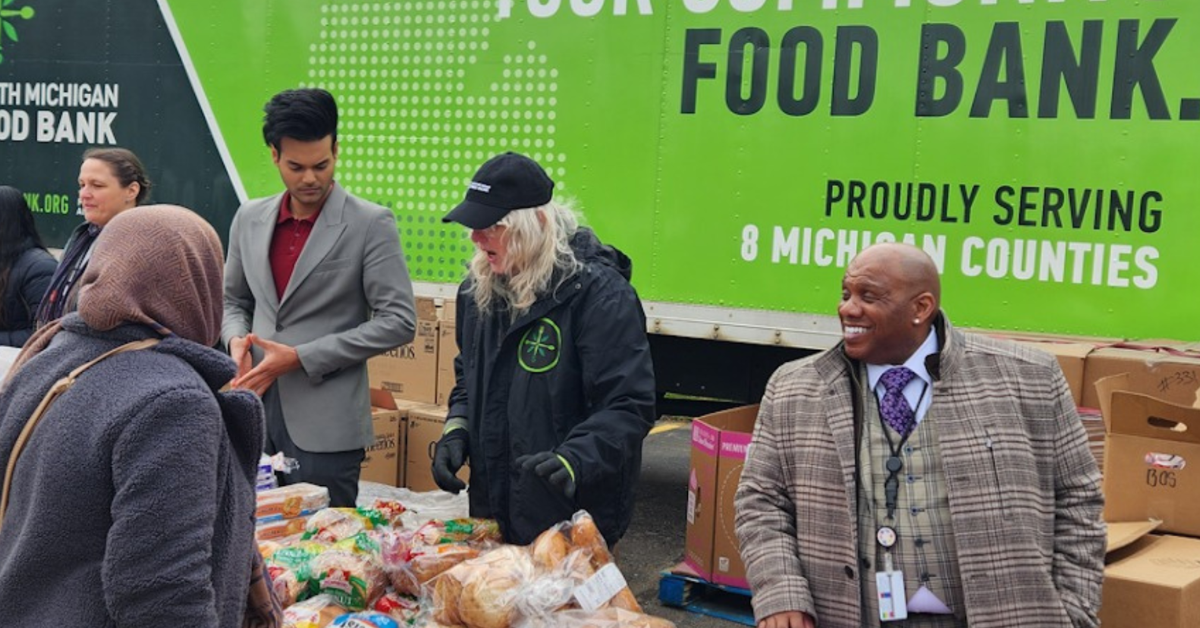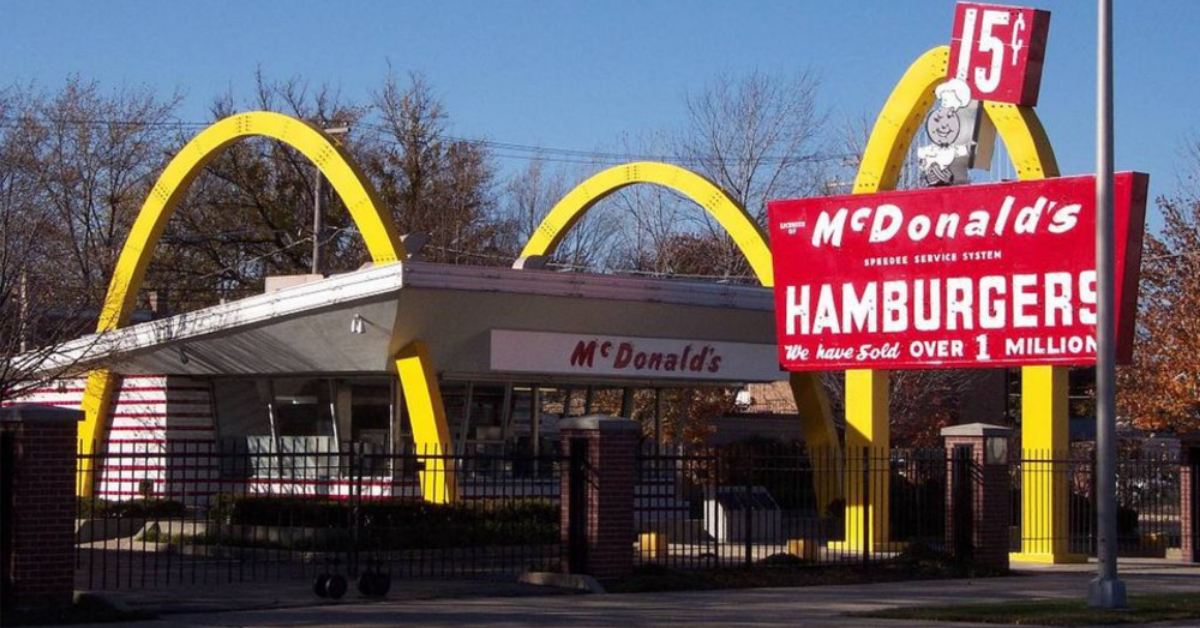Food banks in West Michigan are experiencing a difficult challenge as demand for their services continues to rise, while the supply of food donations is shrinking. This situation is causing concern for many families and individuals who rely on these resources for their daily meals. Understanding the reasons behind this growing gap can help communities come together to provide better support.
With the cost of living increasing and economic uncertainties still lingering, more people are turning to food banks for help. However, these organizations are struggling to keep up with the rising need because food donations and funding are not growing at the same pace. This article explores the current state of food banks in West Michigan and explains how this issue affects everyone.
Why is Demand Increasing in West Michigan?
The rising demand for food assistance in West Michigan is linked to several factors. The recent increases in food prices and inflation have made it harder for many families to afford basic groceries. According to Feeding America, inflation has caused food prices to rise sharply, putting additional pressure on low-income households.
Moreover, unemployment rates in some areas remain higher than before the COVID-19 pandemic, which has left some people without steady incomes. This situation forces more residents to depend on food banks for support. Younger adults, including students and early-career workers, are also feeling the financial strain, increasing the number of people seeking aid at food banks.
Why Are Food Supplies Shrinking?
On the supply side, food banks in West Michigan face challenges securing enough donations to meet the growing demand. Many local food drives and charity events have been limited due to ongoing public health concerns. Also, businesses that usually donate food are experiencing their own financial difficulties, reducing their contributions.
According to the Feeding America West Michigan organization, the food bank’s shelves are emptier, and the supply chain disruptions have worsened the problem (Feeding America West Michigan). This shortage means food banks must ration supplies, which sometimes results in smaller food packages for families in need.
Impact on Vulnerable Communities
The shortage of food and increasing demand directly affect vulnerable groups such as children, the elderly, and those with disabilities. Limited access to nutritious food can lead to health problems, malnutrition, and increased stress for these individuals. Schools and community programs also rely on food banks to help provide meals to children during holidays and weekends.
The United Way of West Michigan highlights that food insecurity can have long-term effects on a child’s development and academic performance (United Way of West Michigan). This makes the problem not just an immediate concern but one that could influence the community’s future wellbeing.
How Can the Community Help?
There are many ways the public can support food banks during this critical time. Donating non-perishable food items, funding, or volunteering time at local food pantries can make a significant difference. It is also helpful to raise awareness about food insecurity and encourage friends and family to get involved.
Supporting local farmers’ markets and businesses that donate excess food will also help increase the supply. Together, these actions ensure food banks can continue providing essential help to those who need it most.
What to Expect Moving Forward
Experts believe the demand for food assistance in West Michigan may remain high for the foreseeable future due to ongoing economic challenges. However, increased collaboration between nonprofits, businesses, and government agencies could improve the situation.
Innovative approaches like food recovery programs and partnerships with local grocery stores might help increase the availability of food donations. Staying informed about the situation and supporting local food banks is crucial in building a stronger, healthier community for everyone.







